Patran
FEA 솔버를 위한 Pre/Post 솔루션
The industry’s leading finite element modeling environment
Patran is a comprehensive pre- and post-processing environment for FEA analysis

Patran은 세계에서 가장 널리 사용되고 있는 유한요소해석(FEA)을 위한 Pre/Post 소프트웨어로, MSC Nastran, Marc, Abaqus, LS-DYNA, ANSYS, Pam-Crash등 다양한 유한요소 솔버들에 대한 모델링,메쉬부터 해석조건 설정, 결과의 후처리까지 Pre/Post의 전체 과정을 지원합니다.
Patran은 선형, 비선형, 외연적 비선형, 열, 기타 유한요소 해석을 위한 다양하고 풍부한 툴들을 제공하고 있습니다. Patran은 CAD로부터의 모델을 받아 형상을 간이화하고, 해석 모델을 생성하는 쉬운 툴을 제공해 누구나 쉽게 작업할 수 있도록 돕습니다. 메쉬는 평면이나 고체 위에 완전 자동화된 루틴에 의해서 생성하거나, 보다 더 세부적으로 제어가 가능한 수동적인 방법으로 생성하거나, 혹은 두 가지 방법을 조합해 사용할 수 도 있습니다. 또한 엔지니어들이 많이 사용하고 있는 대부분의 FE 솔버에 맞는 하중, 경계 조건, 해석의 설정이 포함되어 있어 입력 파일의 수정을 최소화 해줍니다.
Patran의 상세한 그리고 산업체에서 오랜 사용으로 입증된 기능들은 가상 시제품을 만드는 시간을 최소화 해주고, 설계 성능의 만족이나 최적화를 통한 설계 개선안 도출을 쉽게 할 수 있도록 도와줍니다.
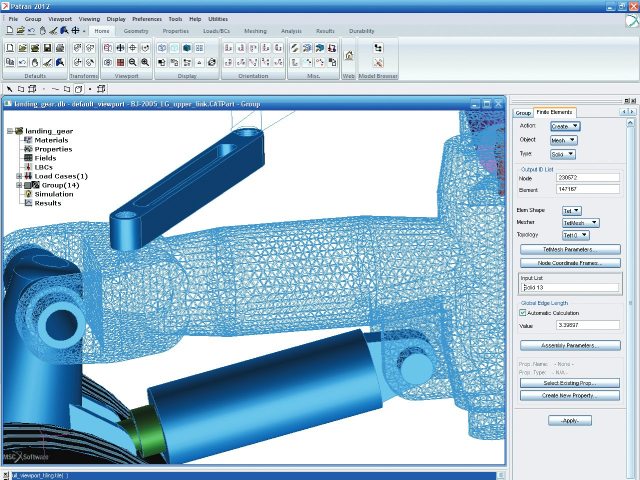
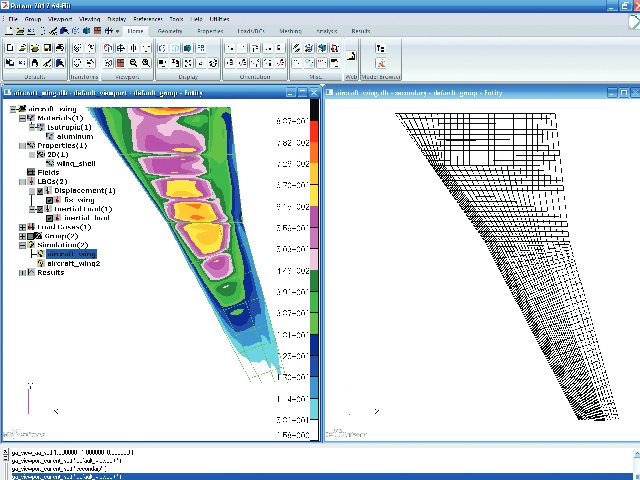
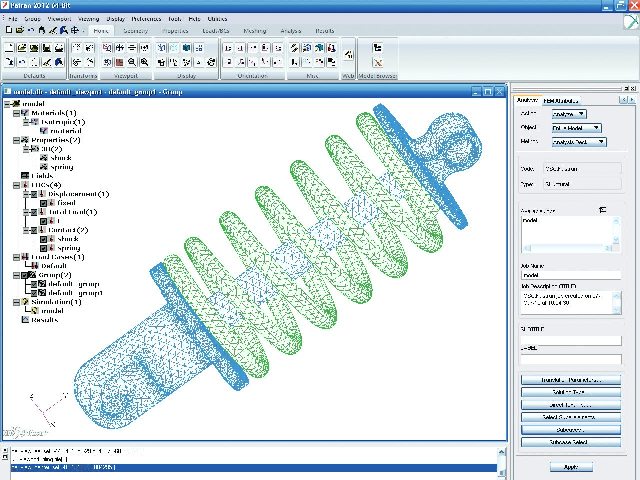
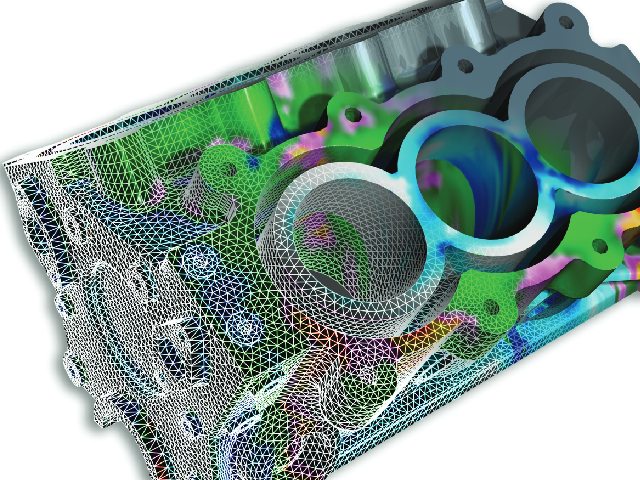

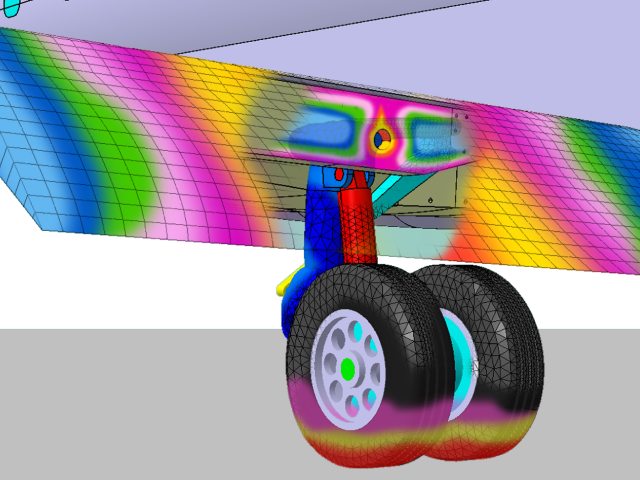

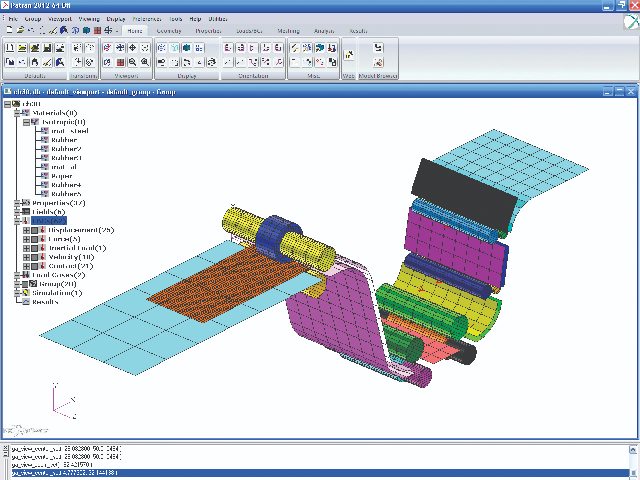
-
Collateral
-
Advanced Geometry Creation, Editing and Feature Recognition
-
Support for Multiple FEA Solvers
-
Post-processing and Reporting Tools for Easy Results Evaluation
-
Patran Command Language
-
Patran Command Language


